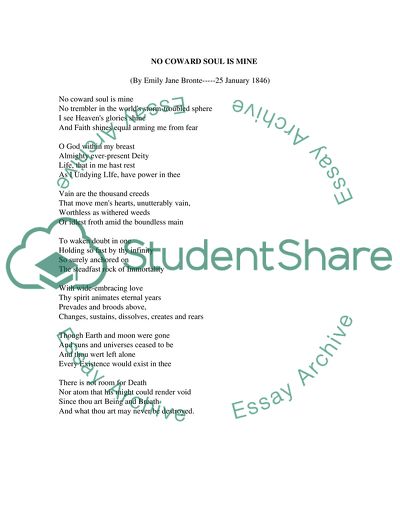Analysis of Poems by John Keats and Emily Bronte Literature review Example | Topics and Well Written Essays - 3000 words. https://studentshare.org/literature/1704733-variation-in-english
Analysis of Poems by John Keats and Emily Bronte Literature Review Example | Topics and Well Written Essays - 3000 Words. https://studentshare.org/literature/1704733-variation-in-english.


